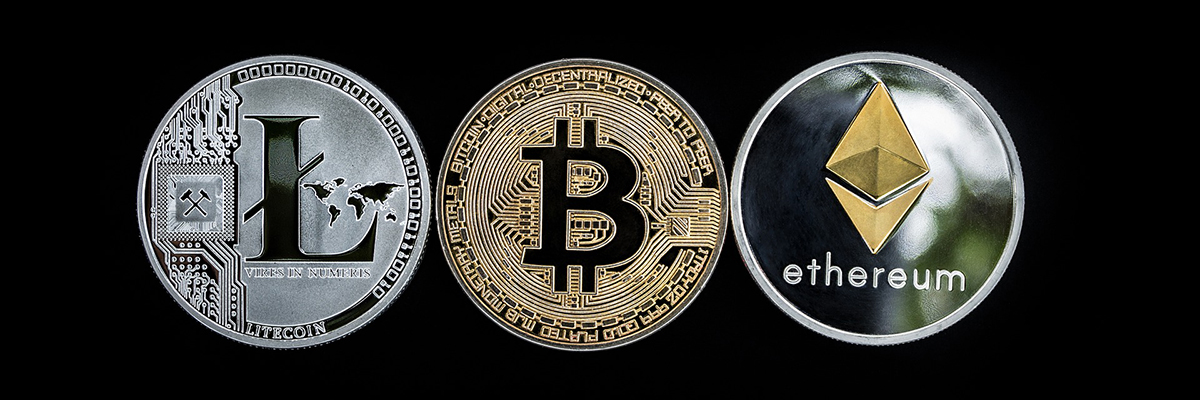For consumers around the globe, mobile phones have become ubiquitous—providing instant, real-time access to information, social networks, entertainment and connectivity. In Africa, the world’s second-largest mobile market behind Asia, that connectivity has super-charged the mobile money industry, with Sub-Saharan Africa (SSA) now accounting for 43% of the world’s active mobile money accounts.
The widespread adoption of mobile payment (m-payment) services, which accelerated during the COVID-19 pandemic, has many Africans looking to crypto currencies as a natural next step—one that’s removed from conventional banking systems and offers protection against currency devaluation. In fact, social buzz around the term “crypto” across several African countries has been rising this year, fueled by the introduction of a range of high-profile digital currencies, settlement platforms and blockchain applications.
SSA has been at the forefront of the mobile money industry for over a decade, largely because a growing network of fintech companies have stepped in to provide digital payment options to consumers who lack access to a formal savings account or credit. According to the Fintech Times, approximately 57% of the country’s population do not have a traditional bank account. Comparatively, the Wall Street Journal reported late last year that SSA alone is now home to nearly half of the world’s 1.04 billion registered mobile money accounts.

The high adoption of mobile banking services in Africa, combined with the fact that the continent has the youngest population worldwide, elevates the interest in and awareness of crypto currencies. And given these are the world’s youngest consumers, digital payments and crypto currencies represent far greater appeal than traditional banking offerings. For these mobile-first consumers, digital payments and currencies provide financial independence and freedom, and they are optimistic about future crypto prospects. This presents notable opportunities for providers, platforms and services across the telecommunications and financial services landscapes.
Adoption of crypto currencies, particularly across emerging economies, has skyrocketed this year, with blockchain data company Chainalysis reporting global adoption growth of more than 2300% between Q3 2019 and Q2 2021. Africa represents the world’s smallest crypto economy (2% of global value), but the prominence of this form of money is accelerating adoption. In fact, Nigeria, Africa’s largest economy, recently became the first nation on the continent to roll out its own digital currency: the eNaira.
But buzz about crypto started well before the introduction of the eNaira. Many consumers across the continent began learning about digital currencies when Senegalese-American singer and entrepreneur Akon announced plans in 2018 to build a blockchain and crypto currency-powered city in Senegal. Consequently, Akon’s “Akoin” currency that he wants to power Akon City, his planned sustainable smart city in Senegal, is among the most popular crypto topics that Nielsen has been tracking across the media landscape.
Despite the buzz about Akon and Akoin, however, Bitcoin is the most discussed crypto currency in Africa, accounting for 63% of conversations about digital currencies, followed by Ethereum (10%) and Doge (7.5%). More importantly, overall consumer sentiment about digital currencies is neutral to positive. While growing and lucrative—even sanctioned by governments—the crypto landscape is fertile for scams, with many attaching themselves to aspects of pop culture, including the recent Squid Game cryptocurrency.
As technology advances infrastructures and sustainable development, fintech will grow to play a particularly important role for emerging economies. Strategy&, PwC’s consulting business, expects cashless transaction volume in Africa to increase 78% through 2025 and then 64% between 2025 and 2030.
With so much opportunity ahead, businesses will need to develop and maintain meaningful relationships with consumers, given the wide—and growing—range of options available to consumers. As with any marketing endeavor, brands need to prove their worth to consumers, work to maintain their loyalty and keep them at the center of everything they do.



